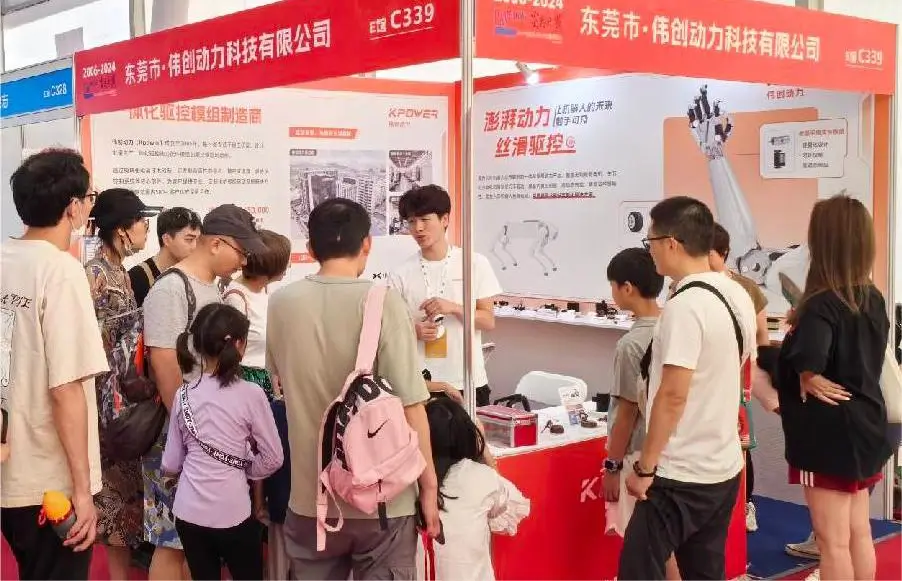Ever watched a robot pick up a cup or dance through a maze? Those smooth, precise moves? That’s all thanks to servo motors. They’re the unsung heroes behind countless robotic innovations. Think about robotic arms in assembly lines. Without servo motors, those delicate, timed movements might as well be a wild guess.

Servo motors are kind of incredible—they combine power and precision in a tiny package. With their help, robots can do more than just move; they can grip with finesse, adjust with microsecond accuracy, and repeat actions flawlessly. It’s like giving a robot a brain and muscles all in one. When you’re designing a robot, choosing the right servo motor can be the difference between a clunky device and a marvel of engineering.
Let's ask: Why are servo motors favored in robotics? Because they give you control. Imagine a robot trying to assemble something with loose or inconsistent movements—that’s a disaster waiting to happen. Servo motors employ feedback systems, so they constantly check and correct their position. That means no jittery, imprecise moves; instead, you get smooth, coordinated actions every time.
Here's a fun fact. Some advanced robots use multiple servo motors working in perfect harmony. It’s like an orchestra… if every instrument played in sync and with exact timing. This synchronization allows for complex tasks—like a robot that can shake hands, write, or even perform delicate surgery.
And what about durability? Because robotics can involve harsh environments, servo motors are built tough. They withstand heat, dust, and continuous operation—key when equipment needs to run nonstop. For example, in automotive manufacturing, servo motors keep robotic arms moving tirelessly, maintaining high efficiency.
Thinking about how this all translates in real life, consider the precision needed in drone photography or underwater exploration. Servo motors help stabilize cameras and gear, capturing sharp images in dynamic conditions. That’s the magic of reliable motor control out in the field.
When it comes to integrating these motors, companies aim for responsiveness and longevity. Good servo motors have minimal lag and last through thousands of cycles. For anyone exploring automation, this means less downtime and more consistent results—no surprises, just smooth operation.
You might wonder, what sets the best servo motors apart? Power-to-weight ratio, accuracy, response speed, and durability. When all these align, robots can perform their tasks with finesse, efficiency, and a touch of nearly human grace.
So, whether you’re building a robot for industrial use, education, or research, understanding the role of servo motors is key. They've come a long way from simple motors—they’re now the heartbeat of modern robotics. With the right choice, your machine won’t just work; it’ll excel, adapt, and surprise you every time.
Established in 2005, Kpower has been dedicated to a professional compact motion unit manufacturer, headquartered in Dongguan, Guangdong Province, China. Leveraging innovations in modular drive technology, Kpower integrates high-performance motors, precision reducers, and multi-protocol control systems to provide efficient and customized smart drive system solutions. Kpower has delivered professional drive system solutions to over 500 enterprise clients globally with products covering various fields such as Smart Home Systems, Automatic Electronics, Robotics, Precision Agriculture, Drones, and Industrial Automation.




































